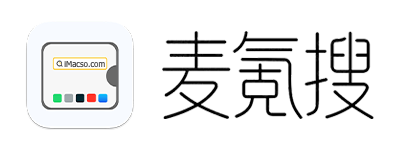Usage
Wrap code blocks with <pre lang="LANGUAGE" line="1"> and </pre> where LANGUAGE is a GeSHi supported language syntax. See below for a full list of supported languages. The line attribute is optional.
Example 1: PHP, no line numbers
<pre lang="php">
<div id="foo">
<?php
function foo() {
echo "Hello World!\\n";
}
?>
</div>
</pre>
Example 2: Java, with line numbers
<pre lang="java" line="1">
public class Hello {
public static void main(String[] args) {
System.out.println("Hello World!");
}
}
</pre>
Example 3: Ruby, with line numbers starting at 18
<pre lang="ruby" line="18">
class Example
def example(arg1)
return "Hello: " + arg1.to_s
end
end
</pre>
Example 4: If your code already has html entities escaped, useescaped="true" as an option
<pre lang="xml" escaped="true">
<xml>Hello</xml>
</pre>
Supported Languages
The following languages are supported in the lang attribute:
abap, actionscript, actionscript3, ada, apache, applescript, apt_sources, asm,asp, autoit, avisynth, bash, bf, bibtex, blitzbasic, bnf, boo, c, c_mac, caddcl, cadlisp, cil, cfdg, cfm, cmake, cobol, cpp-qt, cpp, csharp, css, d, dcs, delphi, diff, div, dos, dot, eiffel, email, erlang, fo, fortran, freebasic, genero, gettext, glsl, gml, bnuplot, groovy, haskell, hq9plus, html4strict, idl, ini, inno, intercal, io, java, java5, javascript, kixtart, klonec, klonecpp, latex, lisp, locobasic, lolcode lotusformulas, lotusscript, lscript, lsl2, lua, m68k, make, matlab, mirc, modula3, mpasm, mxml, mysql, nsis, oberon2, objc, ocaml-brief, ocaml, oobas,oracle11, oracle8, pascal, per, pic16, pixelbender, perl, php-brief, php, plsql, povray, powershell, progress, prolog, properties, providex, python, qbasic,rails, rebol, reg, robots, ruby, sas, scala, scheme, scilab, sdlbasic, smalltalk, smarty, sql, tcl, teraterm, text, thinbasic, tsql, typoscript, vb, vbnet, verilog, vhdl, vim, visualfoxpro, visualprolog, whitespace, whois, winbatch, xml, xorg_conf, xpp, z80
(Bold languages just highlight the more popular ones.)
Styling Guidelines
WP-Syntax colors code using the default GeSHi colors. It also uses inline styling to make sure that code highlights still work in RSS feeds. It uses a default wp-syntax.css stylesheet for basic layout. To customize your styling, copy the default wp-content/plugins/wp-syntax/wp-syntax.css to your theme's template directory and modify it. If a file named wp-syntax.css exists in your theme's template directory, this stylesheet is used instead of the default. This allows theme authors to add their own customizations as they see fit.
Advanced Customization
WP-Syntax supports a wp_syntax_init_geshi action hook to customize GeSHi initialization settings. Blog owners can handle the hook in a hand-made plugin or somewhere else like this:
<?php
add_action('wp_syntax_init_geshi', 'my_custom_geshi_styles');
function my_custom_geshi_styles(&$geshi)
{
$geshi->set_brackets_style('color: #000;');
$geshi->set_keyword_group_style(1, 'color: #22f;');
}
?>
This allows for a great possibility of different customizations. Be sure to review the GeSHi Documentation.
